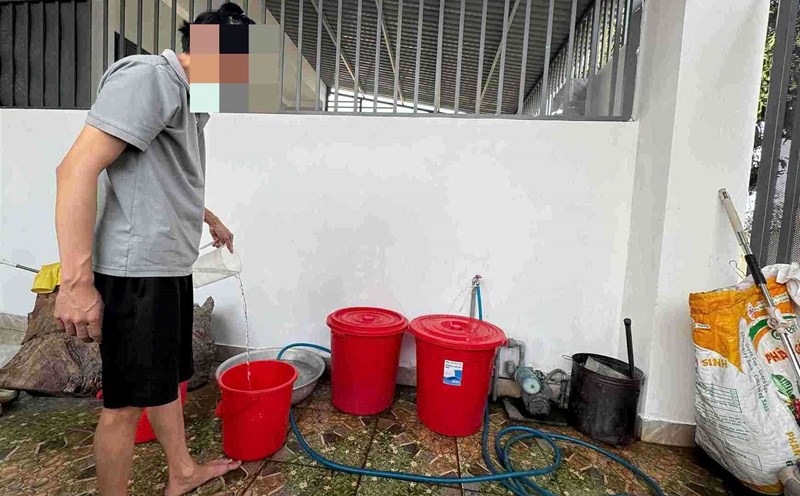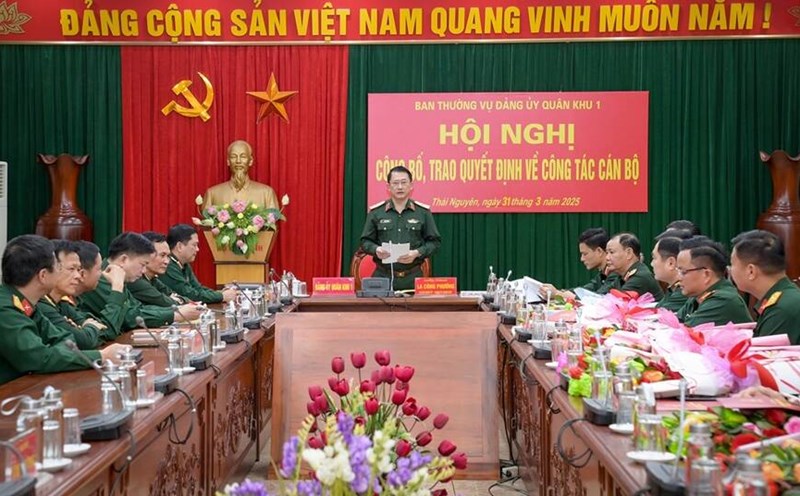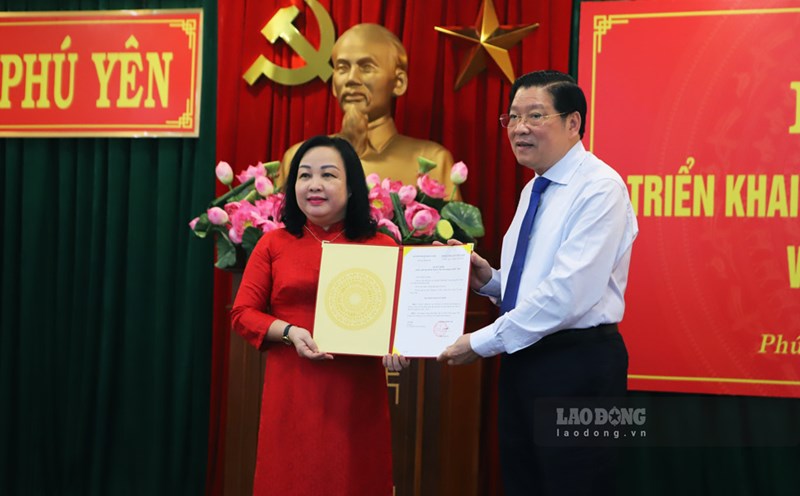Luzhniki Stadium, Moscow (81,000 seats, reopened in 2017). The stadium was established in 1955 but was temporarily closed in 2013 to upgrade many items to serve the World Cup.
Luzhniki Stadium was previously the venue for the 1980 Olympics or the 2008 Champions League final between Man United and Chelsea.
Spartak Stadium, Moscow (45,360 seats capacity, opened in 2014). This will host 5 World Cup group stage matches. Spartak defeated CSKA Moscow's SVB Arena to become the second Moscow stadium to receive this honor.
St. Peterburg, St. Peterburg (capacity 64,287 seats, reopened in 2017). This is the most expensive stadium in the world with an estimated construction value of 1.5 billion USD.
Kaliningrad Stadium (35,212 seats, not yet opened). This is the most special stadium in the 2018 World Cup as it is not located in Russia (between Poland and Lithuania).
Kazan Stadium, Kazan Arena (capacity of 45,379 seats, reopened in 2013). The stadium was built by architects who have participated in the completion of Wembley Stadium and the Emirates. This is also the stadium with the largest outdoor fanzone screen system in the world.
Nizhny Novgorod Stadium (44,889 seats, not yet opened). Nizhny Novgorod Stadium is located between Moscow and Kazan. During the construction process last October, a large item of the stadium caught fire, causing the completion of the stadium to stall.
Volgograd Stadium, Volgograd Arena (capacity of 45,568 seats, not yet opened). The stadium is designed with a arched roof in the shape of a wheel. It is being built at the foot of the Mamayev Kurgan war monument, the city's most iconic landmark.
Saransk Stadium, Mordovia Arena (capacity 44,412 seats, not yet opened). The stadium is designed entirely based on the identity of the Mordovia region with orange tiled architecture, a highlight of the craft villages in this area.
Rostov-on-Don Stadium, Rostov Arena (capacity of 45,000 seats, not yet opened). The only stadium is built next to a river ( Don River).
Sochi Stadium, Sochi (capacity of 47,659 seats, reopened in 2013). Initially, Sochi Stadium was only expected to be used for the 2014 Winter Olympics and the Paralympics. However, the Russian government is determined to continue upgrading to suit the 2018 World Cup.
Yekaterinburg Stadium (35,000 seats capacity, opened in 1957). Like Luzhniki, Yekaterinburg Stadium has been open since the 50s and 20s. The stadium also retains the old Soviet neoclassical architecture such as Luzhniki.







